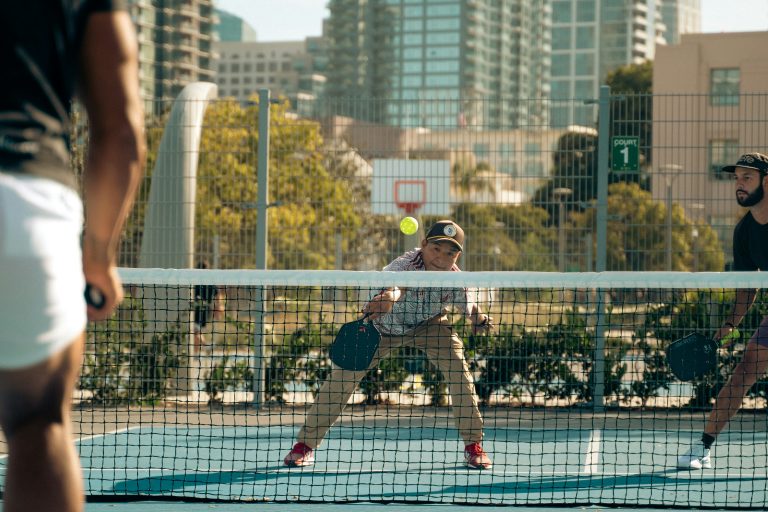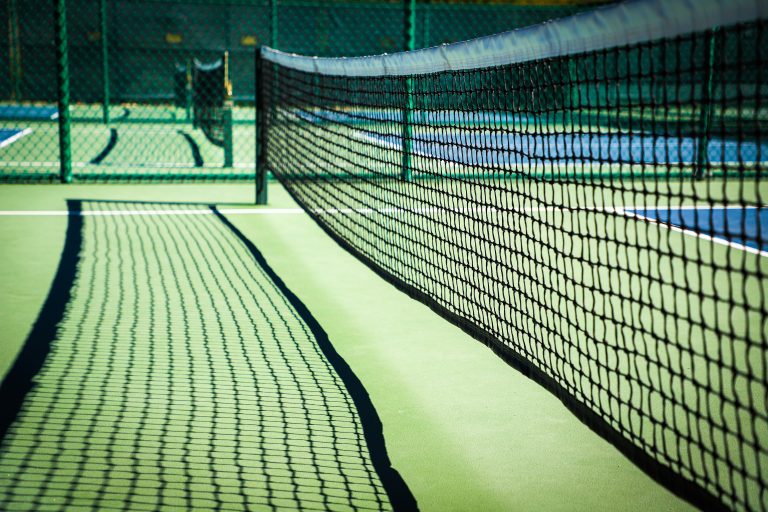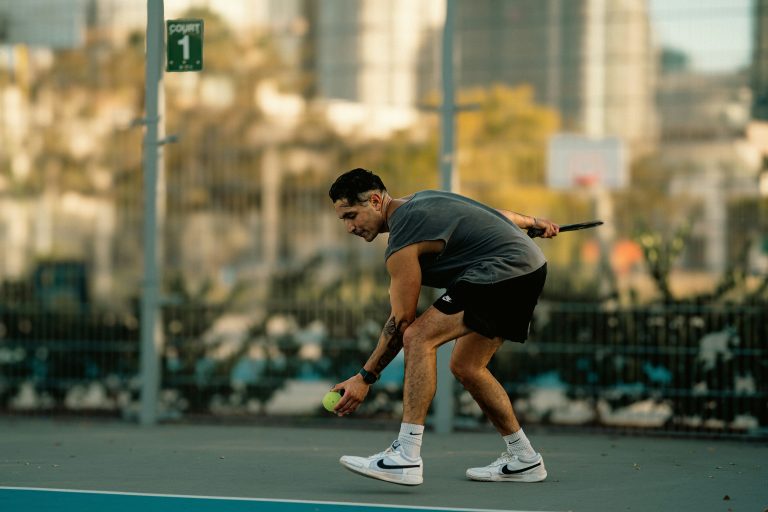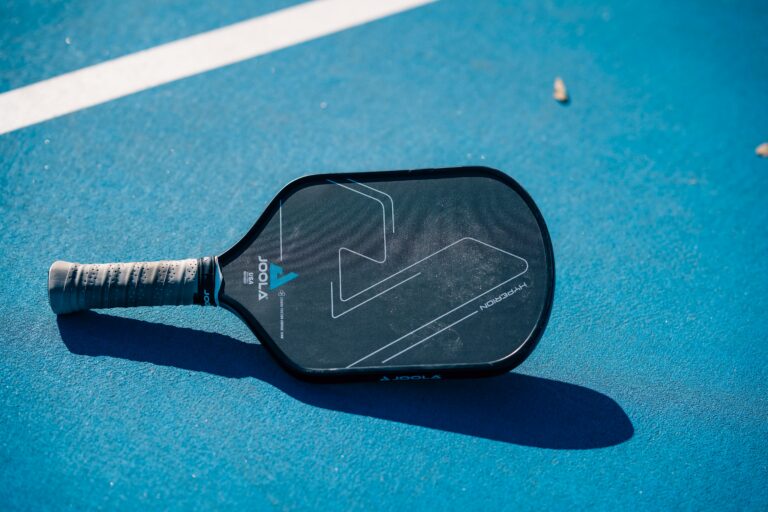Are Raw Carbon Paddles Legal? USA Pickleball Surface Rules Explained
Updated October 2025
If you’re a pickleball player, you’ve probably heard about the buzz surrounding raw carbon paddles. But are they actually legal for play? With recent updates to USA Pickleball’s surface rules, there’s more to evaluate than just performance. Understanding the regulations can help you make informed choices about your equipment. Let’s explore what you need to know about compliance, performance, and ensuring your gear gives you the edge on the court.
Impact on Player Performance
Switching to a raw carbon paddle can really change the game for you on the pickleball court. These paddles have a unique feel that gives you fantastic touch and control, so you can place your shots exactly where you want them. They’ve essentially become the standard for players chasing spin and control — especially after the rise of thermoformed paddles.
Plus, they enhance your ability to put spin on the ball, which can really mess with your opponent’s timing and make them second guess their moves.
The lightweight design is another big advantage. It allows for quicker reactions, which is crucial during those fast-paced exchanges. You’ll find yourself responding more effectively, and that can make all the difference in tight matches.
And let’s not forget about the satisfying pop these paddles give you; it feels like you’re putting real power behind your shots.
To complement your new paddle, consider adding some good grip tape or overgrip for that extra hold, especially if you tend to sweat during games.
A quality paddle cover is also a great investment to protect your gear when you’re on the go.
Trust me, making the switch to a raw carbon paddle can elevate your game and boost your confidence on the court.
Regulatory Compliance Checklist
Switching to a raw carbon paddle can seriously up your game, but make sure you’re playing by the rules!
First off, check for the USA Pickleball certification mark on your paddle, this little badge shows it’s approved for play.
Next, take a quick measurement: your paddle should meet the size requirements for length, width, and thickness. Weight is another key factor, so ensure yours falls within the allowed range. Keeping a record of these specs can save you a headache at tournaments if someone asks for proof of compliance.
Oh, and while you’re at it, consider grabbing some grip tape to enhance your hold on that paddle. A good towel can also come in handy to keep your grip dry during those intense matches.
If your paddle’s surface feels unusually slick or you’ve noticed a change in texture, that could hint at early delamination, something USA Pickleball closely monitors in inspections
Stay informed, and you’ll keep your game both legal and fun!
Common mistakes & fixes
When you switch to a raw carbon paddle, it’s easy to make some common mistakes that can hold back your game. One mistake I see a lot is gripping the paddle too tightly. This can create tension in your arm and lead to less control over your shots. Instead, aim for a grip that’s firm but relaxed—think of it like holding a bird; you want to keep it secure without squeezing too hard.
Another area to watch out for is your swing technique. Raw carbon paddles can feel different than what you might be used to, so it’s crucial to spend some time adjusting your strokes. Practice a few drills to find that sweet spot in your swing.
Don’t forget to regularly check your paddle for any nicks or damage on the surface. A small imperfection can have a big impact on your game.
Keeping a paddle cover handy is a great idea to protect your gear when you’re not on the court.
Essential Paddle Maintenance Tools
Keeping your paddle in great condition is key to enhancing your game and ensuring it lasts longer. A microfiber cloth is your best friend for regular cleaning, just a quick wipe can prevent dirt and moisture from wreaking havoc on the surface.
For those tricky spots, like the edges and grip, a soft brush is perfect for clearing out any debris.
And don’t underestimate the importance of protective tape along the paddle edges; it’s a simple way to avoid chips and scratches that could impact your play.
When transporting your paddle, a lightweight bag is essential for protection against bumps and scratches.
Finally, a grip enhancer can be a game changer for maintaining a solid hold without worrying about slippage during those crucial moments.
With these tools in your kit, you’ll keep your paddle in prime shape and ready for action!
Final Thoughts
As you dive into the world of USA Pickleball paddles, remember that understanding the latest regulations, particularly regarding raw carbon paddles, isn’t essential for enhancing your game but is always helpful to know.
Being aware of the rules enables informed equipment choices, impacting your performance and ensuring fair play. This knowledge fosters an enjoyable experience for all players, whether you’re an experienced competitor or a beginner. Stay sharp and keep your understanding current for the best possible pickleball journey!
FAQ: Are Raw Carbon Paddles Legal?
Are raw carbon pickleball paddles legal?
Yes, most raw carbon paddles are still legal, as long as they pass USA Pickleball’s surface roughness and texture tests. The paddle must have a certification mark showing it’s been approved for tournament play.
How can I check if my paddle is USA Pickleball approved?
Flip your paddle over and look for the USA Pickleball Approved seal or check the official approved paddle list. If it’s not listed, it may not be legal for sanctioned tournaments, even if it looks identical to an approved model.
Why are raw carbon paddles under extra scrutiny?
Because the raw carbon texture increases spin, some brands pushed surface roughness limits so high that USA Pickleball started retesting models. The goal is to keep gameplay fair while still allowing for innovation
Can a paddle lose its legality over time?
Yes. If the carbon face starts to wear down, peel, or delaminate, it could fall outside USA Pickleball specs. Even a once-approved model can fail if the surface texture changes significantly.
What surface roughness limit does USA Pickleball allow?
The legal limit is 40 micrometers of surface roughness. That means paddles can have texture but not to the point of grabbing or excessively spinning the ball.
Do thermoformed paddles fail more often than non-thermoformed ones?
Sometimes. Thermoformed paddles with foam edges and high compression can delaminate faster, which may affect compliance. Non-thermoformed models tend to stay consistent longer, though they often produce less pop and spin.
Are there banned paddles right now?
A few models have been temporarily suspended for review in the past, but it changes often. Always double check the current approved paddle list before a tournament, especially if you’re using a newer or modified model.
What happens if I use a nonapproved paddle in a tournament?
If you’re caught using one, the match director can disqualify your paddle or even void the match. For rec play, it doesn’t matter, but in sanctioned play, it’s nonnegotiable.
How can I protect my paddle to keep it legal longer?
Use a paddle cover between matches, wipe it down with a microfiber cloth after play, and avoid leaving it in your car where heat can damage the resin or cause delamination. A light edge guard tape can also help prevent chips.
Are raw carbon paddles still the best for spin and control?
For now, yes. Raw carbon paddles deliver top-tier spin and feel, which is why so many pros still use them. Just make sure yours is certified and if you’re curious how they compare structurally, check out our Thermoformed vs Non Thermoformed Paddles Guide.







